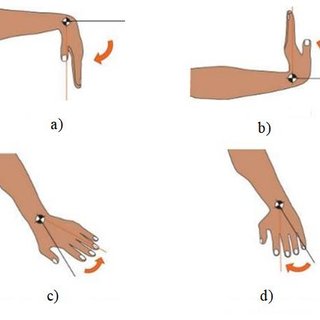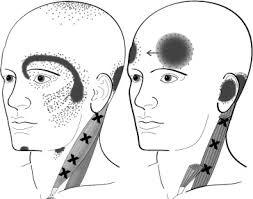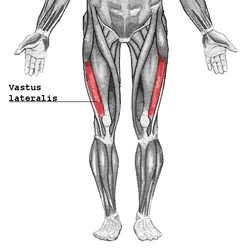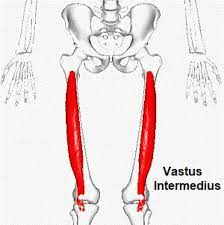Trapezitis
What is Trapezitis? Anatomy of Trapezius Muscle Origin of the trapezius muscle The trapezius muscle has different starting points along the midline of the posterior neck and back. Insertion of the trapezius muscle Nerve Supply Blood Supply The vascular supply to the trapezius varies depending on the level. The action of the trapezius muscle The…






